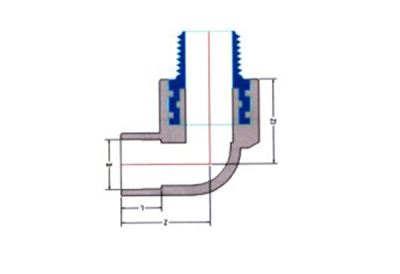Pneumatic butterfly valve is usually a combination of pneumatic actuator, valve body and some accessories connected after installation and debugging. This article mainly introduces the matters needing attention in the field use of pneumatic butterfly valves.
In mid-June 2013, a blower factory in Shandong purchased a batch of pneumatic regulating butterfly valves and put them into the sewage treatment of the Xinjiang West-East Gas Pipeline Project. According to on-site personnel, the equipment was not operating normally. The company sent technicians to the site to understand the situation. There are some problems and solutions.
1. The control cabinet sends a signal and the valve does not act. According to field observation, the pneumatic regulating butterfly valve is equipped with a solenoid valve under the premise of installing the positioner. The strong current of the solenoid valve interferes with the signal output of the control cabinet, and the valve cannot receive the signal. Can not work normally.
Solution: Remove the solenoid valve and remove the strong current interference. The normal operation of the equipment (Note: The function of the solenoid valve is to switch the valve. The function of the positioner is to control the opening of the valve with a 4 to 20 mA signal. There is no need to install a solenoid valve if there is a positioner). To
2. After the automatic switch to manual state, the switch will not return to automatic; due to the excessive force used by the on-site operator, the clutch is pulled too much and the internal gear is stuck and cannot be pulled back to automatic.
Solution: When pulling the clutch, the hand wheel must rotate back and forth to disengage the internal turbine, so as to easily achieve manual automatic switching (be sure to pull up the yellow ferrule next to it when the hand is automatically switched). To
3. The valve is working normally, but the feedback has been in a 100% state. The ditch knew through the on-site wiring personnel that the wires on the site were thick and hard to connect, which caused a screw to fall and the wiring personnel directly took it. Tighten a long screw so that the module is pushed by the screw, causing a short circuit.
Solution: Replace the conventional screw type; it is recommended to use thin wires for the connected line.

https://www.chinavalvefittings.com/